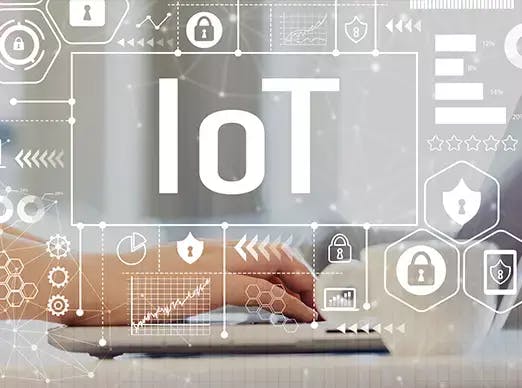How has Manufacturing Been Impacted?
The Internet of Things has impacted manufacturing in other ways too. Granularly, data collection has spawned the Industrial Internet of Things, where data gathered and aggregated in cloud-based servers allows for process engineers to analyze information, interconnect separate processes, automated assembly lines and more. So, the Internet of Things strives to connect all devices in the home (and connect them to the end user), and all manufacturing processes in a plant.
Additionally, the Industrial Internet of Things allows manufacturers to anticipate, sensors on machinery, which can now send information to the cloud on run times and potential issues. This data can be analyzed to determine and anticipate when breakdowns occur, with proactive measures taken to keep machinery humming.
Decreasing Costs
Adoption of the Industrial Internet of Things can be attributed to decreasing costs: costs for sensor technology has rapidly declined in recent years and the cost of implementation, via personal computers, internal networks or even handheld device like smartphones or tablets, has gone down. Aside from cost, the computing power of handheld device has increased exponentially; In truth, engineers can now analyze data and power components with a smartphone. In the past, such actions would have taken dedicated desktop machinery.
Use of Handheld Devices
Handheld devices have also allowed manufacturers to expand field services, like maintenance and diagnostics, adding more data to the cloud for analysis of operations and operational efficiencies. Process engineers can now analyze on-the-fly, looking at the data gathered to determine where inefficiencies lie—or better yet, where new or streamlined processes can take over on assembly lines or via the interface between humans and machines. So, the connection between operational technology and information technology has become—and will continue to be—stronger.
There is a caution for process engineers though: because so much information and data can be gathered using the Industrial Internet of Things, it’s easy to fall down “rabbitholes” of useless data or irrelevant information. To this end, it’s important to plot out what information needs to be analyzed to be most effective.
Because of the cloud-based nature of the Industrial Internet of Things, process engineers benefit from scale. They can see how to interconnect processes and machinery in a factory, or across factories, connecting a company’s resources across town, across the country or across the globe. Then, process engineers can analyze trends and see if there are patterns of machine or process behavior that need to be streamlined within the entire chain.
Of course, Designetics stands at the ready to assist process engineers in that streamlining process, offering a wide variety of tools and solutions for fluid and adhesive application needs.
Sources:
What is IIOT, InductionAutomation.com, https://inductiveautomation.com/resources/article/what-is-iiot
Process Automation and the IoT, Yokagawa.com, https://www.yokogawa.com/us/library/resources/white-papers/process-automation-and-the-iot-yokogawas-vigilantplant-approach-to-the-connected-industrial-enterprise/
The IIOT in a Nutshell, Engineering.com, https://www.engineering.com/AdvancedManufacturing/ArticleID/15282/The-IIoT-in-a-Nutshell.aspx
https://inductiveautomation.com/resources/article/what-is-iiot

